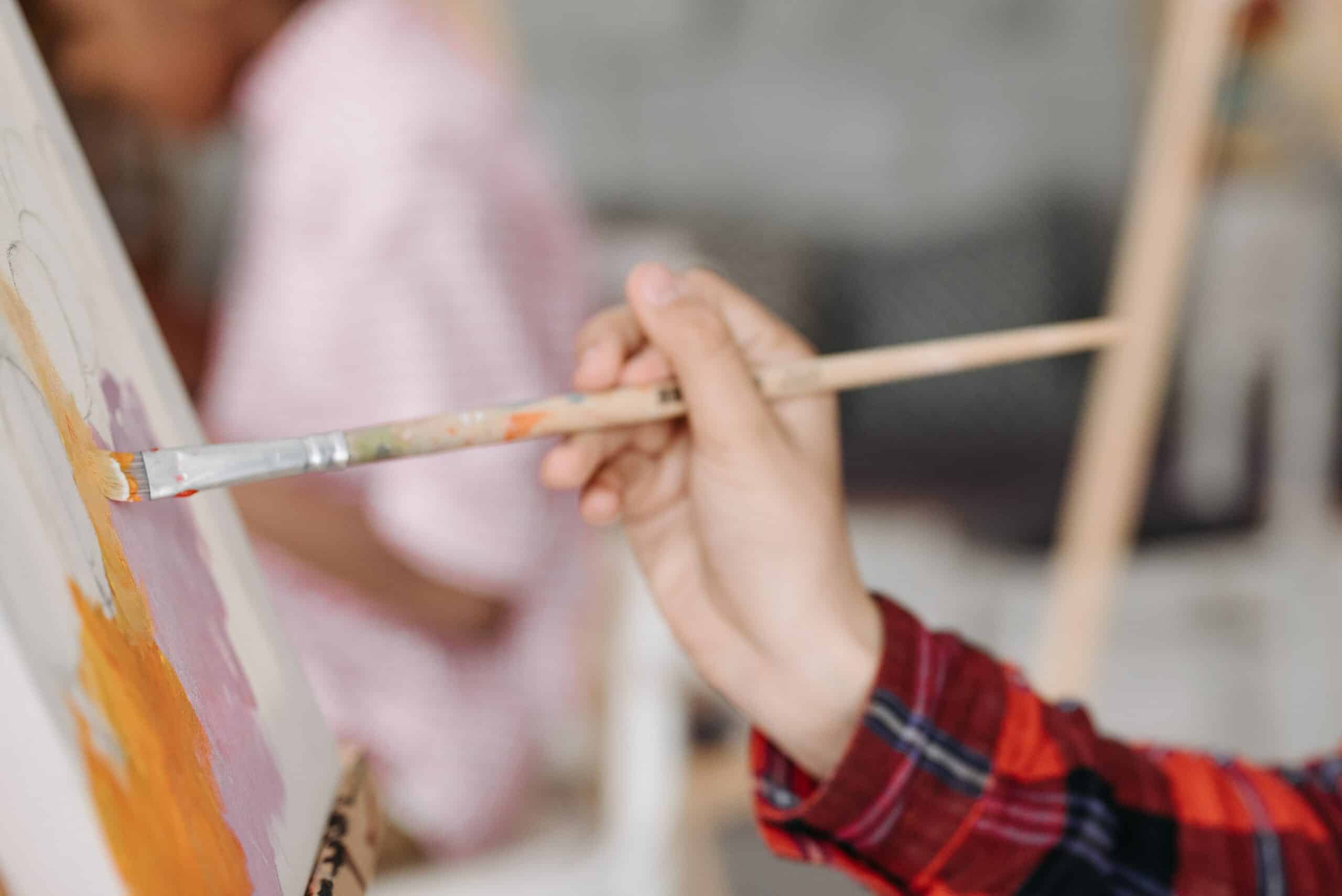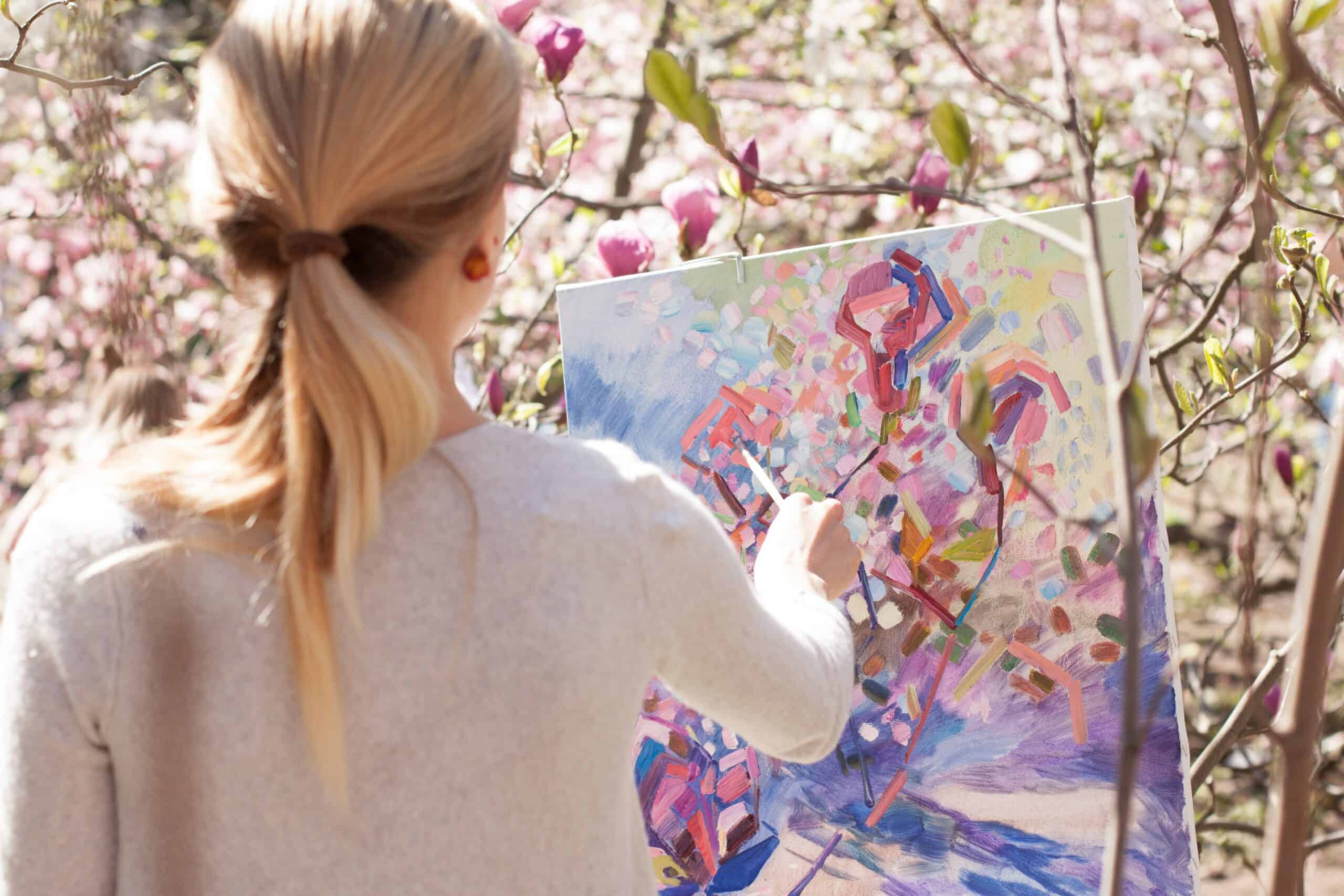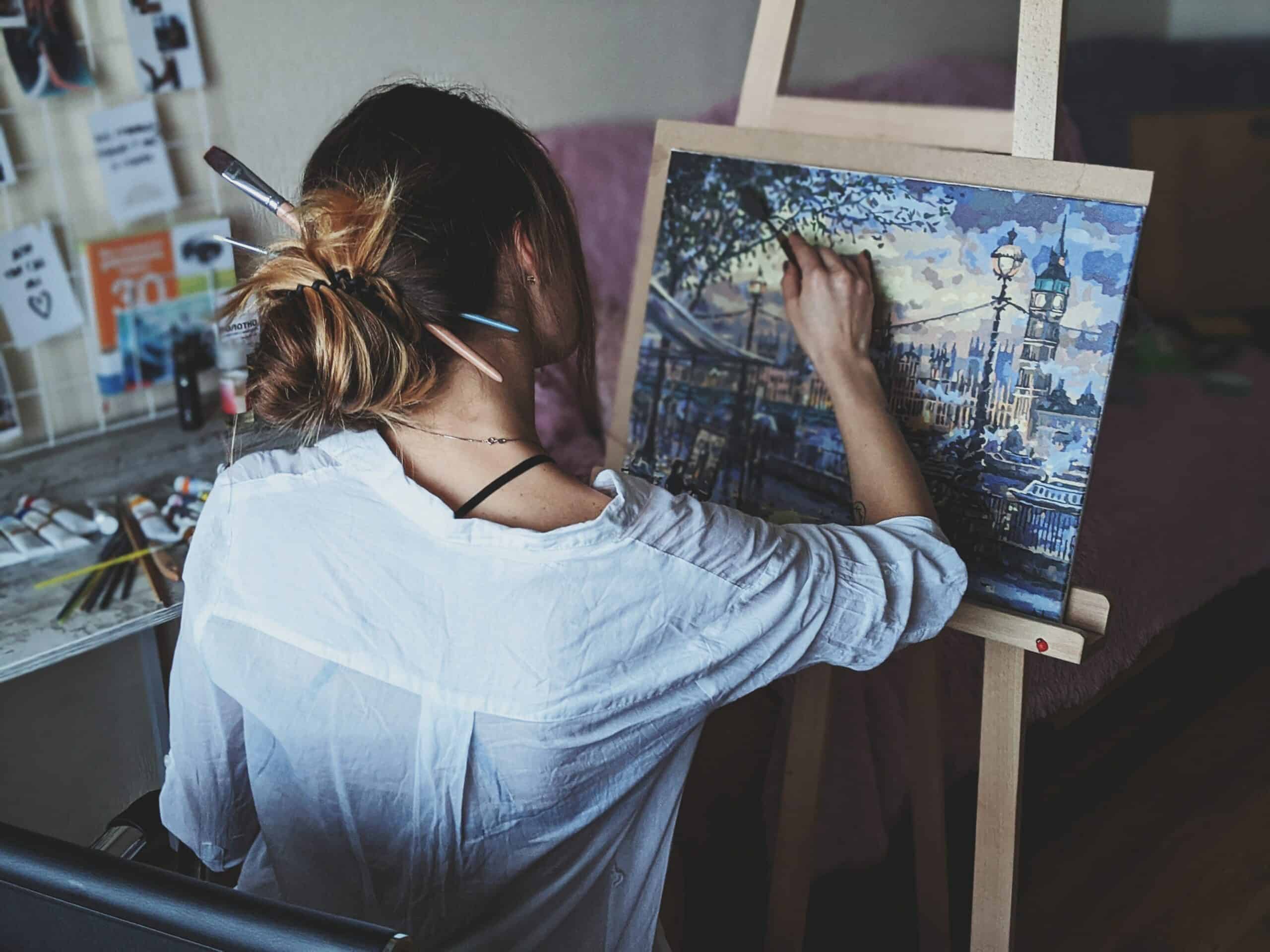Diy Canvas Painting Tutorials
Hey there, DIY enthusiast! Are you ready to take your canvas painting skills to the next level? Whether you’re a novice or an experienced painter, I have some amazing tutorials that will help bring out your inner artist. Imagine transforming blank canvases into beautiful works of art - it's doable with my step-by-step guide. With just a few supplies and these easy tutorials, anyone can create stunning canvas paintings in no time. So let’s get started on this creative journey together!
Materials Needed
I'm so excited to show you how to make your canvas painting! Before we get started, let's gather the materials needed for this project. First and foremost, you'll need a blank canvas – whatever size works best for what you have in mind. You can pick up canvases at any art store or online. Next, grab some acrylic paint colors of your choice. The type is up to you but I recommend using heavy body paints if possible. Lastly, don't forget to get some brushes too! If it's your first time doing this kind of project then go with synthetic bristle brushes as they're great for beginners. Now that we've got all our supplies ready, let's move on to preparing the canvas!

Preparing The Canvas
Now that you have all the materials needed for your canvas painting, it's time to start prepping. First, lay out a large cloth or plastic sheet on the surface where you will be working. This helps protect any furniture from paint splatters and spills.
Next, take your canvas board and secure it firmly to the table with books or clamps so it does not move while you are painting. Make sure there is no dust or dirt on the surface of the canvas before you begin. You can use a damp cloth to wipe away any particles if necessary.
Apply one coat of gesso primer onto the canvas using either a brush or roller depending on how much area needs to be covered. Let this first layer dry completely before adding additional coats as needed until you achieve an even texture throughout the entire canvas surface.
Now that your canvas is prepared, get ready to select and mix colors!
Selecting And Mixing Colors
Did you know that there are over 500,000 unique colors in the world? Choosing and mixing them to get just the right shade for your canvas painting can be tricky but is an important part of creating a beautiful work of art. Here's how:
- Understand color theory - The color theory is essential knowledge when it comes to selecting and mixing colors. It will help you understand which colors go together and why they do.
- Choose paint with care - When buying new paints, make sure you select quality products from reputable brands. This will ensure that the colors are true and vibrant once mixed and applied to the canvas.
- Experiment with mixing - Don't be afraid to mix different shades and hues of paint until you find just the right one! Have fun while experimenting as this will give you more confidence in your skills as an artist.
- Practice proper techniques - Good technique is key when it comes to painting on canvas. Make sure you're using enough paint, applying even strokes, and not making any mistakes before committing to a particular color or mixture.
By understanding these basics of color selection and mixing, you'll have all the tools necessary to create stunning works of art! Now let's look at some techniques for creating a painting.

Techniques For Creating A Painting
There are a few simple techniques to keep in mind when creating your canvas painting. First, you need to choose the right paint for the project. Acrylic paints work best as they dry quickly and have intense colors that don't fade away easily. Oil paints can also be used but will take longer to dry and may require more layers of paint for coverage.
It is important to select the correct brushes for your painting. Different types of brush tips give different effects on the canvas so make sure you pick one that suits your needs. Make sure all bristles are tightly packed together and that no clumps or frayed ends are sticking out at any point.
Finally, always use a light touch while applying paint to avoid smudging or blurring the image you’re trying to create.
With these basics covered, you're ready to start creating! Now let's move on to adding some finishing touches to our masterpiece!
Finishing Touches
Once you're happy with your painting, it's time to finish up. The first step is to add any extra details that may be missing from the canvas - like a few final brushstrokes or highlights. You can also use small objects such as beads, shells, and stones to give your artwork some texture and depth.
When you've finished adding all of the details, seal the painting with an acrylic varnish or spray. This will help protect your piece against dust, moisture, and fading over time. Make sure to let the varnish dry completely before handling the painting again.
Now that you've completed your masterpiece, it's important to know how to care for it properly to preserve its beauty for years to come.

Caring For Your Artwork
Now that your masterpiece is complete, it's time to ensure its longevity and beauty. To keep your painting looking as vibrant and beautiful as the day you created it, all you need are a few simple steps!
First of all, never hang or store your art in direct sunlight. Natural light can cause colors to fade over time, so make sure that when displaying or storing your work, it is placed away from direct sunlight.
Avoid placing the artwork in extremely moist areas such as bathrooms – this will help prevent mold growth on the canvas. Proper ventilation is also important for keeping your painting safe; if possible try to have some air circulating the space where you display it. This will help reduce dust buildup and moisture accumulation which could damage both paint and canvas.
Finally, don’t forget to give the painting an occasional cleaning with a soft cloth and gentle soap solution (just be sure not to get any water onto the painted surface). By taking these few simple steps you can guarantee your canvas painting lasts for years to come without losing its vibrancy and beauty!
Conclusion
The creative process of creating a canvas painting is an exciting and rewarding endeavor. With the right materials, patience, and practice, you can create beautiful artwork that will last for years to come. Learn the basics of mixing colors, techniques for applying paint to the canvas, and how to care for your work properly so it lasts for generations.
Creating art gives us a chance to express ourselves in ways we never thought possible. There's no limit to what you can achieve when looking at a blank canvas – let your imagination take over and make something truly special! Whether you're just starting or are already experienced with oil paints and brushes, there's always room to further explore your craft.
With some dedication, determination, and a little bit of help from our DIY canvas painting tutorials guide, you'll be able to create stunning works of art in no time! So grab those supplies and get started on making something amazing today!






